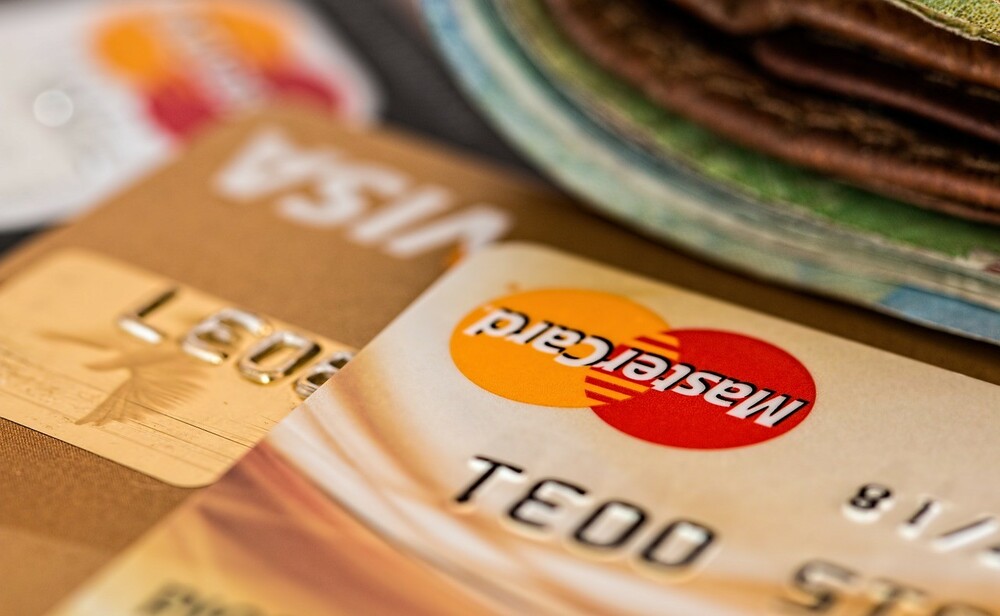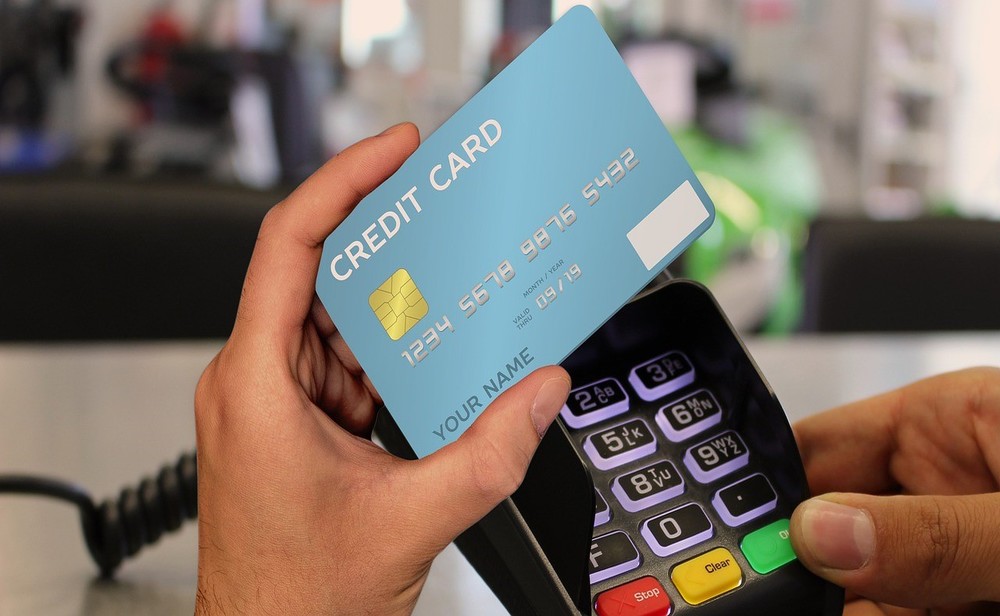What Is a Debt Management Plan
A debt management plan (DMP) is a formalized procedure for managing or reducing your debt while paying your bills on time. It’s also a way to establish realistic expectations about when your debts will be paid off, and how much you will need to save in order to be debt free.
- Your DMP can include several different goals.
- A combination of debts that are less than six months old.
- Your most immediate financial obligations.
- The amount of debt your creditors believe you can reasonably afford to pay in the short-term.
- So, the amount you can pay on any one of your debts each month.
- The amount of debt that you can afford to pay off before you have to pay a tax bill.

How To Achieve a Debt Management Plan?
Preparing a DMP involves a process called “debt prioritization.” First, you should make a list of your debts. This might include mortgages, car loans, credit cards, student loans, and other consumer debt. Also note how many accounts each debt has and how much they each cost. This will help you find the debts that are causing the most trouble.
- You can then prioritize your debts into two categories: high-priority and low-priority. High-priority debts have to be paid before anyone else can get paid, and your primary goal is to pay off high-priority debt as soon as possible. Low-priority debts have to be paid off over time or are worth less, so the priority varies depending on how much debt you have.
- Next, you should figure out how much each debt costs you. This will help you figure out how much you can afford to pay each month, and how much debt you can pay off each year.
- Take your monthly payment and divide it by your total debt obligations. This will give you your “total debt paydown amount” for that month.
- Next, write down all your high-priority debts. Once you do this, you can decide how much you can afford to pay each month.
- Once you have your total debt paydown amount, you can make your monthly payment and set up a budget to reduce your total debt.
Steps to Be Successful
Use these steps to pay off your high-priority debts.
Step 1: Identify the Biggest Debts
Debt is a big deal. It weighs you down and affects your ability to save and enjoy the life that you deserve. One of the most important steps to take is to take stock of your debt. Once you know the most important debt you have, it will be easier to make an informed decision.
The most obvious way to find your biggest debt is to write down all your debts. But it doesn’t always work. At times, paying off a big debt is easier than it seems. In some cases, your monthly payment is just a tiny fraction of what your debt is actually costing you. When that happens, it is often better to get rid of that debt before it costs you more than it’s worth.
Another option is to divide your debt into two categories: high-priority and low-priority. Once you know how much each debt is costing you, you can figure out how much of your total debt obligation you can afford to pay each month, and how much debt you can pay off every year.
High-priority debts have to be paid before anyone else can get paid, and your primary goal is to pay off high-priority debt as soon as possible. Low-priority debts have to be paid off over time or are worth less, so the priority varies depending on how much debt you have.
Step 2: Get Your Total Debt Paydown Amount
Once you know how much you can afford to pay each month, you can set up a budget to reduce your total debt. With your total debt paydown amount, you can calculate your monthly payment and set up a budget. You can use these budgeting tools to find the balance between paying off high-priority debt and saving money.
Once you know how much you can afford to pay each month, you can create a budget that cuts your total debt payments in half. You’ll need to factor in your various expenses, such as food, utilities, insurance and medical expenses. Then, you’ll need to estimate how much you can afford to pay each month to get rid of your high-priority debts. Once you know how much you can afford to pay each month, you can set up a budget to help you pay off high-priority debt.
How a debt management plan works?
Debts generally aren’t going to be paid off when you’re going to be able to do so, so you need to plan for when you are going to pay them off. The DMP can help you do that. It helps you determine how long it takes for your debts to be paid off. If you start saving a set amount each month, you’ll be able to build up the money to pay off the debts.
The DMP identifies your debts, how much they are, and how much you’re going to have to pay. The DMP creates an income that enables you to afford the minimum payments on your debts. You set the amount you will pay each month. You can choose to make additional payments, either to make a bigger dent in your debt or to bring you closer to being debt free. The DMP shows you what the smallest monthly payment will be on the most expensive debts.
It will also allow you to figure out which debts you can pay off in which order to take the least amount of time and money. DMPs generally focus on the debts that are least likely to be repaid first. You pay them off first. The DMP will help you find the best balance between paying off debts and not blowing your savings in order to pay off your debts.
Use the DMP to get on track to becoming debt free
To manage your debts well, you need to have realistic expectations about when your debts will be paid off. Use a debt management plan to help you identify the least amount of time it will take for you to have your debt paid off.
You might want to establish a plan with a part-time job. If you only have a high school diploma, you may qualify for part-time work, which you can take on before, during, and after school. Working while you’re going to school can save you a lot of money in the long run, since you’ll have the cash to make payments on your debts.
The DMP will allow you to pay off one debt at a time, which makes it easier to get to the goal of paying off all your debts. While this approach might feel overwhelming, think about the advantages: you’ll only be paying off one debt at a time, which will make you feel like you’re actually making a dent. You’ll also save money by not paying the interest on all of your debt, which can add up over time.
You can save even more money if you pay off your debts in their entirety. If you pay off a debt after only 1 year and one day, the remaining balance will be 1% of what you owed before. That is a lot more money that you’ll have every month, so you’ll end up saving much more than you anticipated. Incorporating the DMP into your budget will help you make sure you’re putting enough money into your savings accounts to reach your goal.
Make a commitment to paying off your debt
When you choose a plan for how long you want to keep your debts, you’ll have a goal to work towards. This helps keep your goals in mind and gives you a goal to work towards. The debt management plan will also make sure that you get the most bang for your buck with your payments.
As you use the plan, you’ll be setting aside money for debt payments that can’t be touched at the same time. That money should be kept in a separate account for emergencies or other expenses. Paying your debts off will help you have enough money to cover these emergencies or other expenses.
You can choose to invest the rest of your money in a stock market fund. If the market crashes, you’ll be prepared to pay off your debts and still be able to afford to have a stock market fund at your disposal.
Using a debt management plan
The debt management plan will be most helpful when you have multiple debts that you have to pay off at the same time. You might not have that kind of money, though, so a traditional plan might not be enough.
If you need to make extra payments on an existing debt, you can consolidate it into one payment. You’ll still have to make the regular payments on the new debt, but the extra payment will go toward the new debt, and the amount you had to make will be less.
Credit counseling can also be a good option for people with multiple debts. When you get credit counseling, the counselor will be able to find the right plan for you that will help you make your payments and reach your goals.
Look at your debt load
When you have multiple debts to pay off, you can divide your payments into various categories. This way, you’ll know how much you have left to pay each month for each debt, and it’ll be easier to work toward your goals.
Even if you have more debts than this, you can still divide your payment into groups. You can set aside money from each group for your debts and then use this money to make regular payments on the debts that you have left. You’ll save yourself a lot of stress by setting up this system.
Making a budget is a good idea, but there’s no need to make one to make the payments on your debt. By dividing your payments among various debts, you’ll be able to pay off your debts faster, and you’ll save a lot of money.
Programs that allow you to make extra payments will help you save money on your payments. You might not have that kind of money, though, and a traditional plan might not be the right option for you.
Determine the lowest monthly payment
It might be easier to reach your goals if you know exactly how much money you have to spend each month. You might not have that kind of money, though, so you’ll need a way to make the payments on your debt. The best thing to do is to calculate how much money you can afford to pay each month, and then make your payments accordingly.
Don’t make your payments more than the minimum payment. Remember that you have to make a monthly payment on every debt you have, and you’ll have to make more if you can afford it. You might be able to make extra payments, but you’ll only save a few dollars if you make the minimum payment on your debts each month.
If you want to make extra payments, that’s fine, but you’ll want to make them on a separate loan. When you make a payment on a student loan, it counts against your other debt payments. You might have to use some extra money to make payments on these loans if you want to make extra payments.
Be careful when choosing the right debt management plan
Choose a plan that’s right for you. You can make an excellent choice for you if you do your homework and find a plan that makes sense for your situation. A good debt management plan can help you reach your goals and save you a lot of money.
Using a debt management plan will make it easier to reach your goals and can save you money. There are many different plans, so talk to your debt management plan provider before making your decision.





